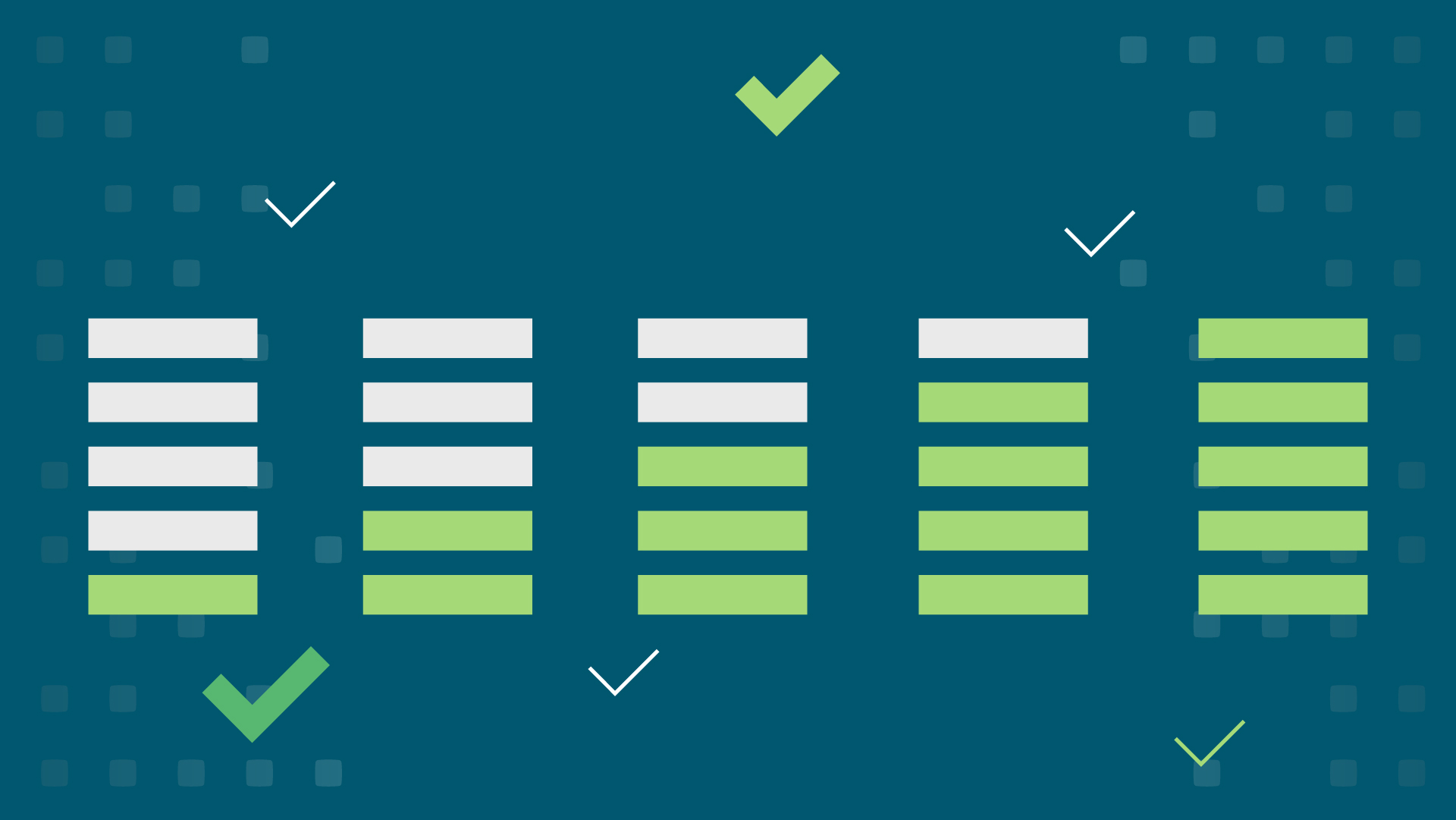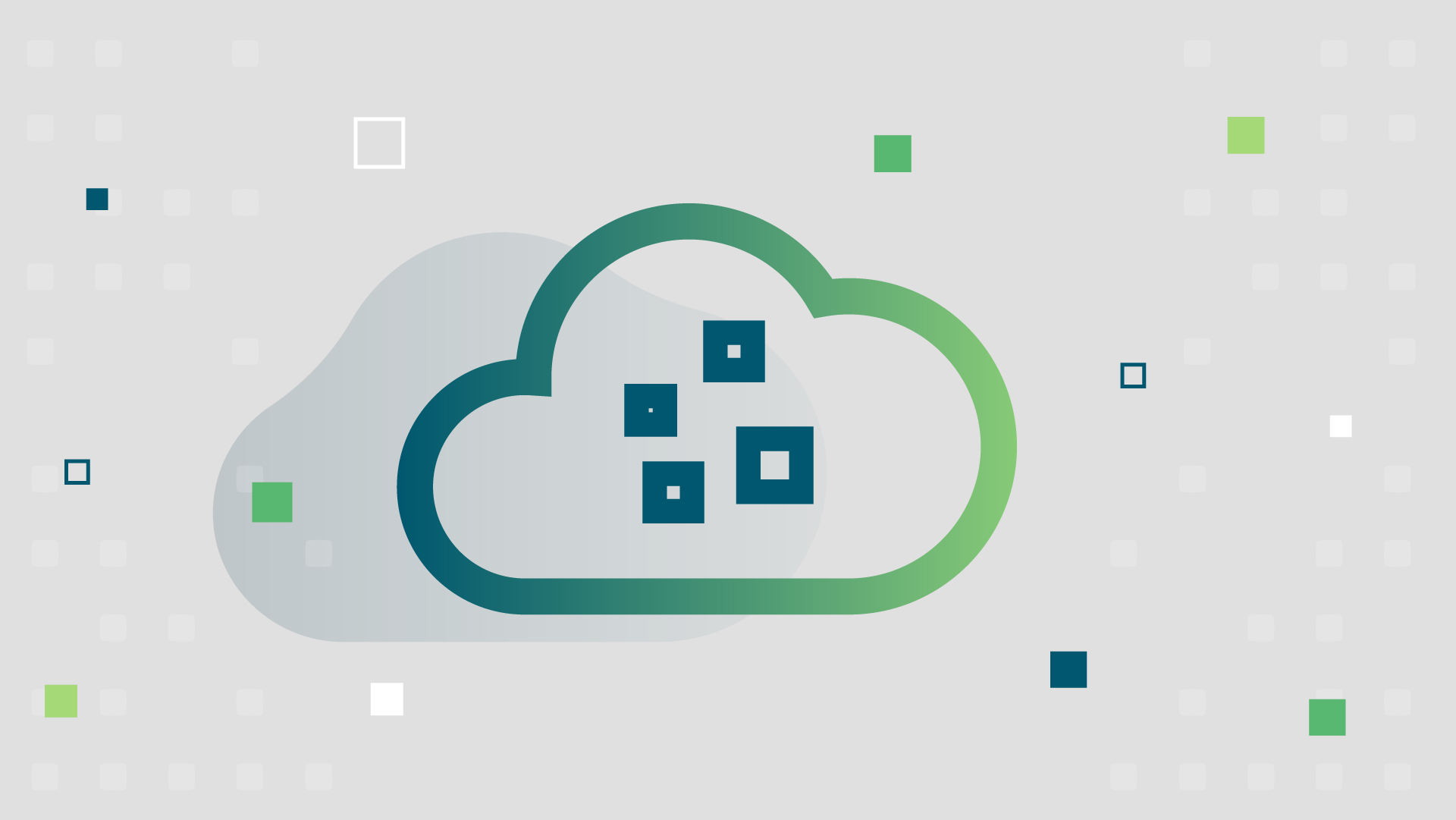Traditionally, business intelligence (BI) has focused on areas like supply chains and finance—niche subject areas that impact only a limited area of an organization.
Now, enterprises across industries have an unprecedented opportunity to quickly make use of data for BI, as well as newer technologies like artificial intelligence (AI) and machine learning (ML).
Those organizations that are able to turn large amounts of data into insights and act upon them stand to gain huge competitive advantages.
However, several challenges exist when it comes to turning business data into actionable insights.
Let’s take a look at these challenges and how a modern data platform can help your organization overcome them.
The major roadblocks to access data
Today’s business can look at more data, much faster, and at a cheaper rate than in the past.
That’s the good news. The bad news is that most data platforms are not set up to support rich data access or handle the sheer volume of data organizations now have access to.

Consider an organization operating on premises and building out data clusters for analytics. This organization needs to have a team of cluster administrators, along with a team of data scientists to mine clusters for insights.
In this case, the system itself is the weakest link because it typically doesn’t scale efficiently. The more data being mined for insights, the more administrators and data scientists are necessary, with each being an added expense.
A far more flexible and responsive approach would be to leverage data lakes and automation in order to manage data, limiting the need for data administrators and making it far easier for data scientists to access data on demand.
So, what’s keeping organizations from taking this approach?
One reason is outdated worries about data security, business continuity, and how to complete the migration without issues. Another is the so-called “pot committed fallacy,” which prevents organizations from recognizing where their current system is holding them back.
In other words, they have so much technological and human capital already invested that the very idea of scrapping all that investment is a major roadblock.
Other common data management challenges are achieving availability and elasticity—two of the fundamental principles governing modern platforms. Compared to companies leveraging the cloud, those using a historical data warehouse structure need to invest in extensive resources in order to accomplish small tasks, which is not only expensive but painfully slow.
Then there is the reality that turning data into actionable insights requires first and foremost that data be discoverable, which requires investment in data cataloging. Without this investment, data cannot be made available to stakeholders, and an organization won’t be able to fully leverage analytics.
Flexible, fast set-up, and pay-as-you-go
Because modern data platforms help you take a cloud-native approach to your data, you’re better able to address the above challenges and move at the speed of business.
These platforms allow your data to be decoupled so one asset isn’t dependent upon another, reducing the possibility that you will lose efficiency in your analytics—and therefore increase costs.
In addition, modern data platforms allow for usage of an increasing number of pre-packaged reporting and data models that act as accelerators in reporting and KPIs.

These models, constructed from large amounts of data across industries and made available in the marketplaces of the major cloud platforms, are essentially plug-and-play, and they reduce the need for your organization to invest in an ever-growing number of data scientists.
The models can also be easily modified to better meet your organization’s unique needs and goals.
Getting started with a modern data platform
There is no such thing as a one-size-fits-all data warehouse. To that end, there is no universal approach to getting started.
Before taking the plunge with modernizing your data platform, the first step is to understand where you are today, along with your needs and goals.
This means identifying where your data is currently coming from, how it’s already being used, and where there are inefficiencies in how you make that data available.
It also means finding widespread agreement within your organization that a modern data platform is a necessary investment.
To help you get started on your path to data platform modernization, check out our free resource Modernize & Thrive: How a Modern Data Architecture Can Transform and Elevate Your Business.
Get Your FREE Workplace Modernization Playbook.
Learn how to adopt new technologies that make your organization more nimble and efficient.
Categories
- Cloud Migration and Adoption
- Enterprise IT and Infrastructure
- Artificial Intelligence and Machine Learning
- Data Management and Analytics
- DevOps and Automation
- Cybersecurity and Compliance
- Application Modernization and Optimization
- Featured
- Managed Services & Cloud Cost Optimization
- News
- Workplace Modernization
- Tech We Like
- AWS
- Social Good News
- Cost Optimization
- Hybrid Cloud Strategy
- NVIDIA
- Application Development
- GPU



